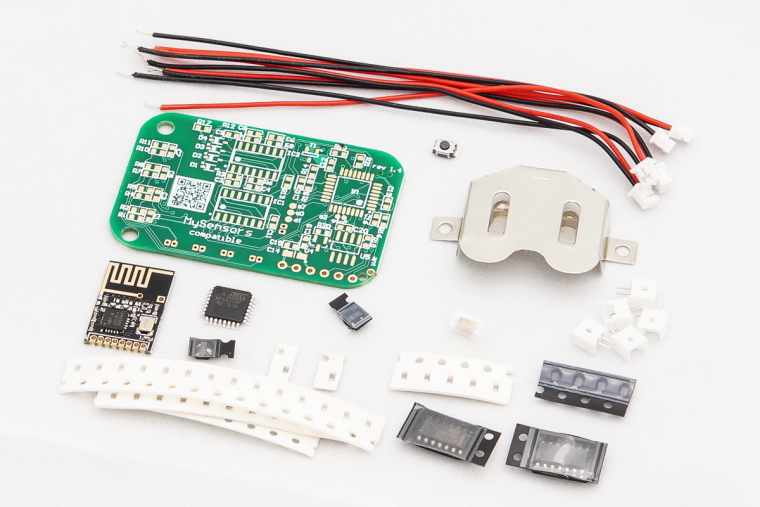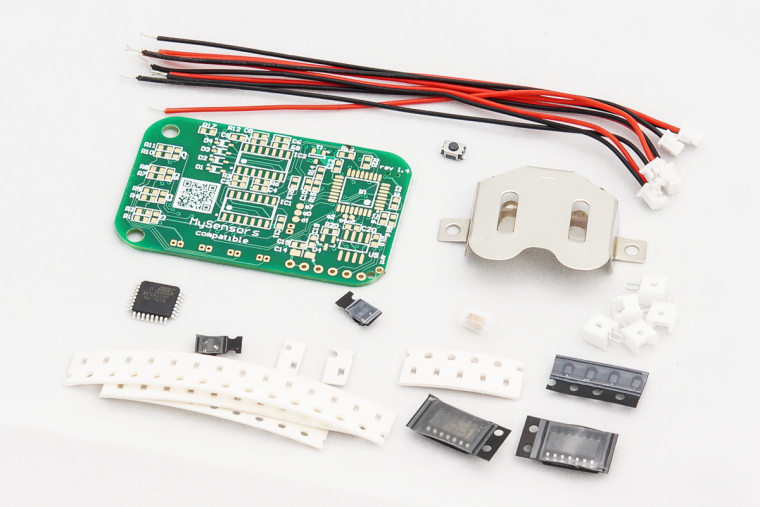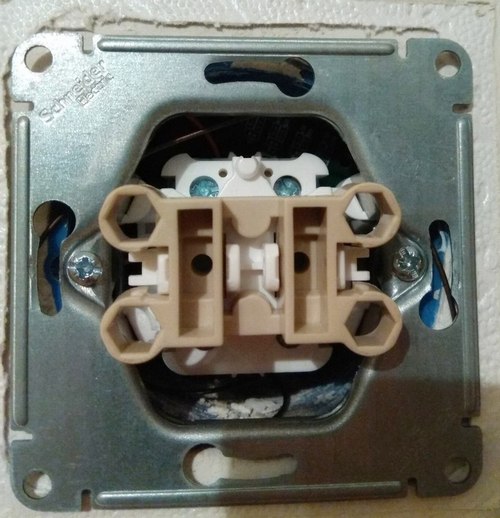💬 Wall Switch Insertable Node
-
Hello
Will you build an nrf24l01 smd version ? -
Is it possible to buy this board assembled from you now?
-
Is it possible to buy this board assembled from you now?
@Cliff-Karlsson
Hope the batch of assembled boards (latest version after all fixes) will be ready in a week. -
@koresh Great to hear you have assembled components available! I am following your other projects too (like the usb dongle and switchable power supply) .Will these become available as assembled components too ?
-

Board works with nrf24 too :wink: -
@Koresh - Do you happen to have a link for the JST connectors? I can't seem to find any at a reasonable price at the moment. And the male side too, if you don't mind me asking :)
@Samuel235 said in 💬 Wall Switch Insertable Node:
@Koresh - Do you happen to have a link for the JST connectors? I can't seem to find any at a reasonable price at the moment. And the male side too, if you don't mind me asking :)
The price depends on a batch size. You can try to ask any supplier on ali for 100-200 pcs and may be price will be reasonable :)
-
Unfortunately I can't open my ebay shop right now. While I'm trying to open it, you can buy this board here: https://www.ebid.net/eu/for-sale/arduino-ide-compatible-coincell-powered-switch-controller-rfm69cw-433-mhz-radio-156694971.htm
-
I've prepared several kits for true soldering amateurs :wink:



-
Which kind of switches can we plug? normally losed or any kind of light switches already installed in the house?
-
Which kind of switches can we plug? normally losed or any kind of light switches already installed in the house?
@jeremushka We can use any switches\buttons with this board. So you can use both ON/OFF and momentary switches.
-
@jeremushka We can use any switches\buttons with this board. So you can use both ON/OFF and momentary switches.
@Koresh interesting. What about the battery life? how did you optimize your code in order to have at least battery life 1 year ?
-
@Koresh interesting. What about the battery life? how did you optimize your code in order to have at least battery life 1 year ?
@jeremushka
There are no problems with battery drain in this circuit. The MCU sleeps between buttons action. Any changes of button state cause rising edge on the interrupt pin and intterruption routine calling (both of open and close events). We check buttons state only during interuption routine. If you use ON-OFF buttons each of buttons in closed state will increase current consumption by ~3uA. Which is not very critical ;) -
@jeremushka
There are no problems with battery drain in this circuit. The MCU sleeps between buttons action. Any changes of button state cause rising edge on the interrupt pin and intterruption routine calling (both of open and close events). We check buttons state only during interuption routine. If you use ON-OFF buttons each of buttons in closed state will increase current consumption by ~3uA. Which is not very critical ;)@Koresh indeed 3uA is nothing. However, the light can always be on or off if the circuit has some problems. Because no action on light switch will be possible.
-
@Koresh indeed 3uA is nothing. However, the light can always be on or off if the circuit has some problems. Because no action on light switch will be possible.
@jeremushka said in 💬 Wall Switch Insertable Node:
" if the circuit has some problems"Could please elaborate more on your findings? Did you notice any bugs in the code or in schematics?
-
Hi Sefi,
if you like to put some additional extra switch somewhere you can use this funny way:
https://www.youtube.com/watch?v=-vJRF8ByBZU&feature=youtu.be
if you like to use the one in the wall, this way may work for you:
In both ways you need to have something that receives signal from the switch - a relay node.
3 easy steps as usual ))))
1. Сonnect any connector (J1-J4) to a switch terminals and glue them together with self adhesive or Velcro or glue gun....


2. Connect wires from the wall together. Now you power up the Relay node which controls a bulb in the ceiling.

3. Install the switch and the switch node back into the wall.

let me know if it is clear for you. I mean the Relay node part.
safety first - power down the switch before removing it.
